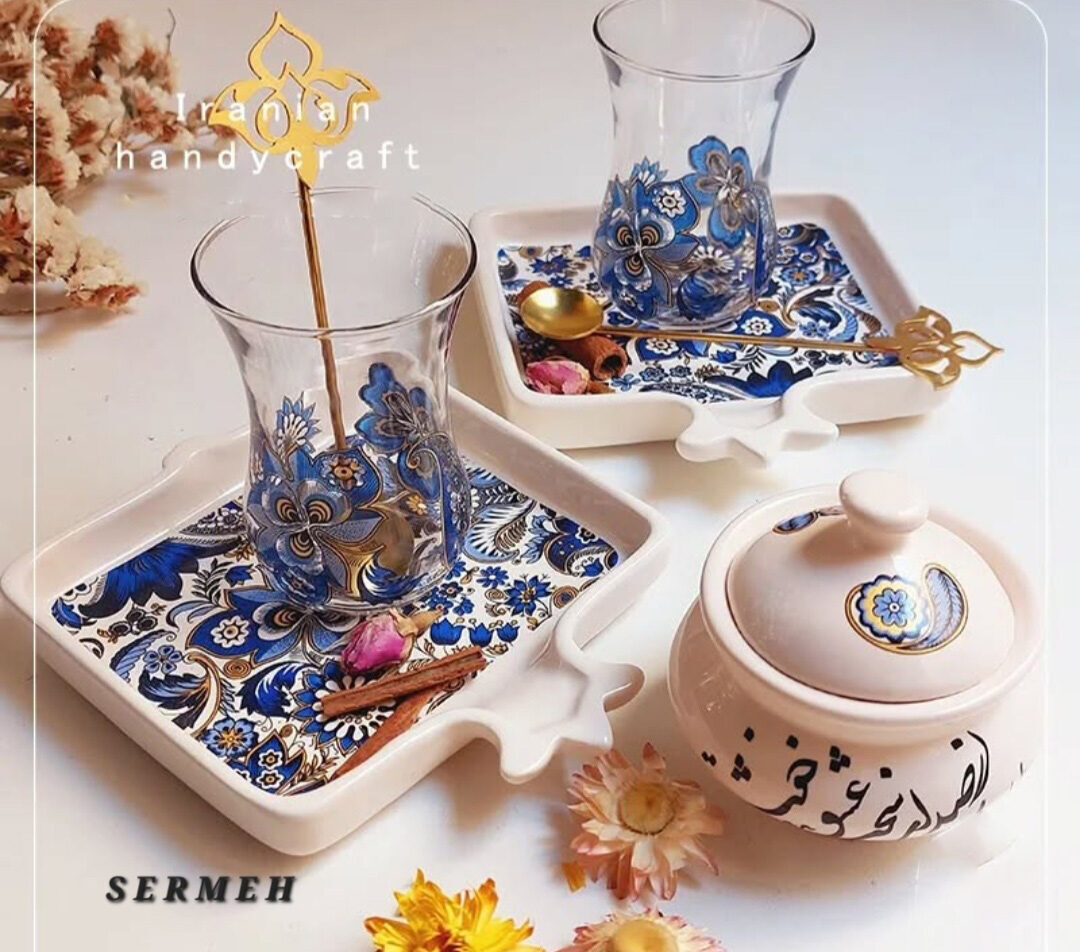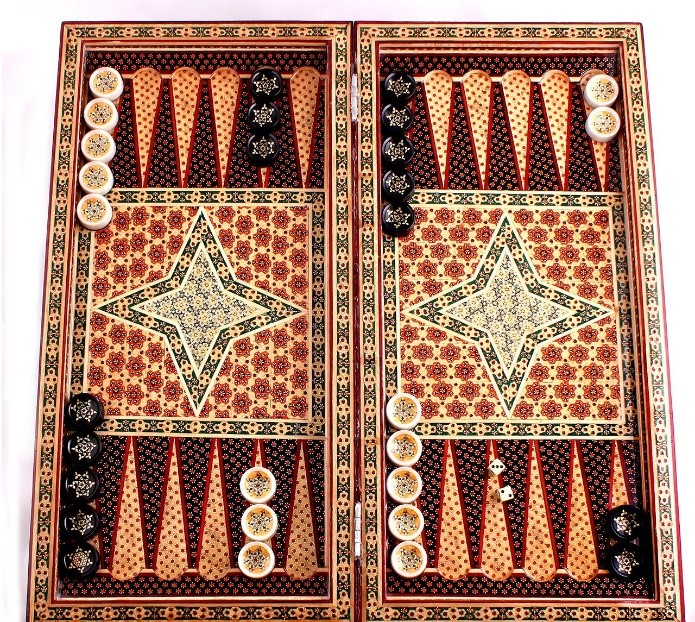History Of Backgammon
One of the oldest known board games is Backgammon.
Until recently, it was thought that the game originated about five thousand years ago in the Mesopotamian region.
The English archaeologist Leonard Woolley found a backgammon device in the ruins of the Royal Mausoleum in present-day Iraq, which was not much different from modern games.
A few years later, another backgammon dating back to 1500 BC was discovered in Tutankhamun’s tomb in the Nile Delta. Also, some of the murals of this tomb indicate the popularity of backgammon in the Pharaoh’s court.
But some time ago, the world’s oldest backgammon was found in an ancient tomb called 731 in the burnt city of Jiroft, along with its beads, which is much older than the backgammon of the royal cemetery of Mesopotamia.
Buying a Handmade Chess and Backgammon Set
After a recent discovery, archaeologists concluded that the game of backgammon went from the civilization of Jiroft or the Burnt City to the civilization of Mesopotamia.
This backgammon is made of ebony wood in the shape of a rectangle and has a carved snake carved on it, which has created loops around it.
These circles are game houses. The snake is engraved on the board in such a way that the snake’s tail is finally placed in its mouth.
The beads were also found in an earthenware dish next to the board. The material of these stones is common stones in the burnt city, including azure, agate, and turquoise. This game went to India through Sassanids and from India to China, which the Chinese call Shwa-liu.
Backgammon philosophy and its meaning and concept according to the text of the book of Chess, which is generally related to Zoroastrian beliefs:
*Backgammon: Earth
*30 beads: Indicates 30 days and nights of a month
*24 houses: 24-hour indicator
*4 parts of the earth: 4 seasons of the year
*5 hands: 5 times a day
*2 colors black and white: night and day
*Each side of the earth has 12 houses: 12 months of the year
*Playground: Sky
*Dice: Lucky Star
*Rolling Dice: Rolling Days
*Beads: Humans
*Bead rotation on earth: human movement (life)
*Removing the nut at the end of each game: the death of humans
Dice numbers on backgammon:
1: Oneness and God-worship
2: Heaven and earth
3: A good idea; Good speech, good deeds
4: North, South, East, West
5: the sun, Moon, star, fire, thunder
6: Six Days of Creation

It is an intellectual game that relies on planning, method, counting, and luck. A Persian backgammon set, consisting of a board, two sets of 15 checkers, two pairs of dice, a doubling cube, and dice cups.
It is an intellectual game that relies on planning, method, counting, and luck. An Iranian backgammon set, consisting of a board, two sets of 15 checkers, two pairs of dice, a doubling cube, and dice cups.
In this two-player game, the sides move their pieces based on the two numbers on the dice in a clockwise or counterclockwise direction and are taken out of the game screen at the end. In the end, the winner will be the player who throws all his pieces sooner.
Sumerian gaming board and counters (seven for each player), from the Royal Cemetery, Ur of the Chaldees. About 2600 B.C. (British Museum.)

Buying a Handmade Chess and Backgammon Set


























